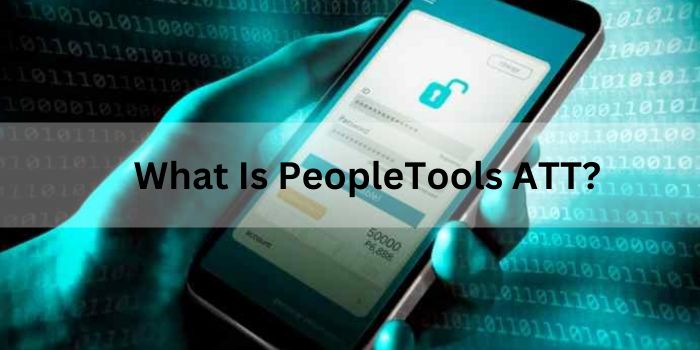To know about IP address management, one must also understand what IP is, what it is related to, and why it needs to manage the IP address.
What Is An IP Address?
As we all know, we all are surrounded by so many networks and devices associated with systems. All networks follow some set of rules and regulations to work effectively. Similarly, computers on a network also follow some rules known as protocols, and the most commonly known protocols are TCP/IP protocols.
The IP address is a series containing four numbers separated by dots or periods. E.g., 192.268.1.1
IP addresses are usually written in dotted decimal form as stated above, but computers internally convert them into binary format.
Let’s understand the IP address by a simple example. You can say that just like how telephones are uniquely identified through their telephone numbers, just like computers on a TCP/IP network such as the internet are uniquely identified by their unique addresses – IP addresses. The older version of the IP address is 32 bit long ( IPv4 address), and the newer version is 128 bit long( IPv4 address).
How Does A Computer Get Its IP Address?
Whenever a computer becomes part of a network, it is assigned its IP address. In other words, when you get connected to your ISP (Internet Service Provider), e.g., Reliance, Tata, Airtel, etc. your computer gets its IP address. These can be the same as 10.0.0.1, which is used quite popularly.
What Is The Need For IP Addresses?
IP addresses are needed so that different networks can communicate with each other. This is so that every network or device can be tracked easily by our country’s security councils when in need. Ordinary people can stay updated and can do changes independently without adding any third person because this can lead to a threat to security.
In this way, they also get to know about the changes in technology. IP addresses are an essential part of the network, and managing them can prove to be quite tricky as more devices, more network holders, and more IP addresses. And hence we need a just and robust management system to protect networks from hacking problems.
Today’s networks have hundreds or thousands of devices that are added or removed every day. This makes an IP address application management (IPAM) necessary for any system.
What Is IPAM?
IP address application management (IPAM) is a monitoring and managing IP address spaces on a network. IPAM typically with Dynamic Host Configuration Protocol (DHCP) and Domain Name System (DNS) services, providing real-time visibility of changes across all systems and propagate automatic updates when changes occur in any of these systems.
5 Things We Must Know About The IP Address Management System
(1.) Security
When it comes to network and security, having access to IPAM data can make it easier to detect potential violations or misuse within a particular infrastructure. IPAM data include information such as IP addresses as evident, devices to which they are assigned, and the user of a device with the given IP address.
(2.) Extra Tools
IP address application management has some tools to help us manage our IP efficiently by providing advanced technologies associated with it, such as providing advanced IP scanning and IP address tracking. For computers in Active Directory, the details like created time, GUID, last logon, OS version, and many more are retrieved by the IP address tool.
IP management software allows us to define a hierarchy to add all our subnets based on their usage/location and then scan them to get each of the IP addresses’ current status. Thus, IP address software helps us have a complete view of all the IP addresses in your network.
(3.) Data Synchronization
The IP management software scans the active directory periodically to synchronize the data. IPAM systems integrate with Dynamic Host Configuration Protocol (DHCP) to assign each device either a static or dynamic IP address and record which device it gives.
IPAM systems also integrate with a DNS to maintain updated, alphabetical maps of printer and web server names with their IP addresses. The system also integrates with network inventory software to track everything connected to the internet and detect devices attached to the network.
(4.) Device Data
IPAM can also be of assistance when it comes to the appliance. Specific internal policies implemented using IPAM data and a network access control system. Let’s take an example, before access to your network is granted, NAC can determine – with the help of IPAM information – if your antivirus software is up to date and able to prevent potential attacks or infections from spreading.
(5.) Wifi Requirments
Wi-Fi and local or small networks increase the necessity of IPAM systems. When a Wi-Fi device enters a facility, it connects to a DHCP server, which grants it a dynamic address with a short lease. The server will renew that lease while the device stays in the facility, but the lease may expire when it leaves.
A variety of vendors offer IPAM systems. So customers should examine each to determine which offering has the features their network requires. The best part of the IPAM system is that everyday people can use it efficiently, they too get aware of new updates and new software and new technologies associated with it. So it is easily understandable.




